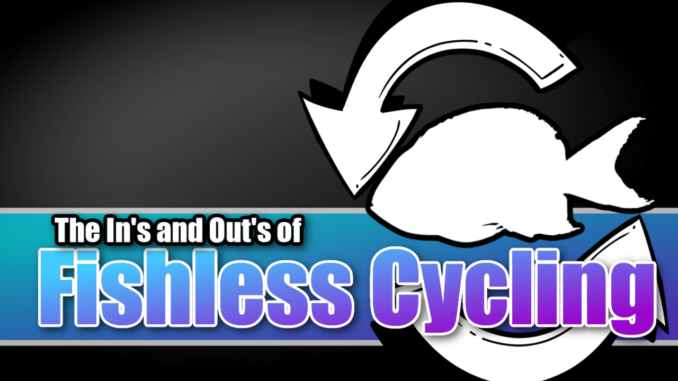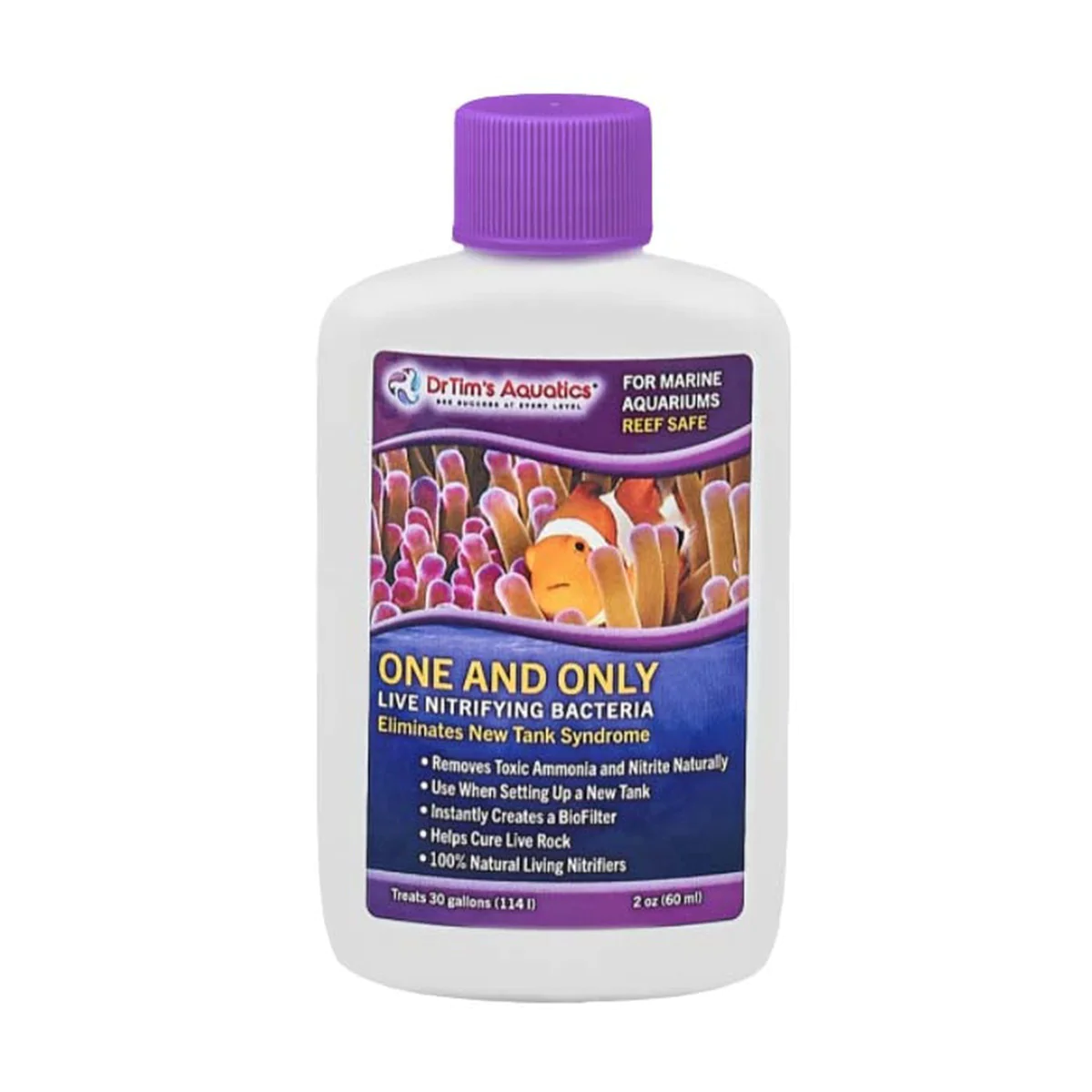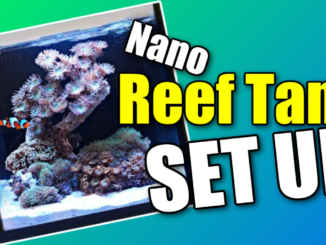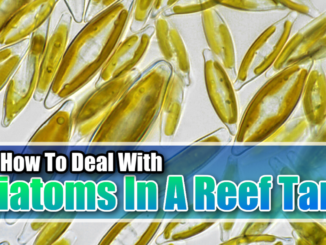
What is Fish-less Cycling?
Fishless cycling is a method of establishing the nitrogen cycle in a new aquarium without the use of fish. It involves adding a source of ammonia to the aquarium water to simulate the waste produced by fish. The goal is to establish a colony of beneficial bacteria that can break down the ammonia into less harmful compounds, creating a healthy environment for your fish.
The process of fishless cycling typically involves adding a source of ammonia to the aquarium water, such as pure ammonia (in the form of ammonium chloride) or fish food. The use of fish food without having fish in the aquarium is often referred to as phantom feeding. As the bacteria in the aquarium break down the ammonia, they produce nitrite (NO2), which is also toxic to fish, at even the lowest levels.
Over time, a second group of bacteria called nitrite-oxidizing bacteria will develop and convert the nitrite (NO2) into nitrate (NO3), which is relatively harmless to fish in low concentrations. In most aquariums a level of 20 ppm or less of nitrate is considered safe.
The process of fishless cycling can take just a few days to 6 weeks, depending on the size of the aquarium and the type of beneficial bacteria being used.
We have had great success with using Dr. Tim’s Aquatics products such as Dr. Tim’s One and Only. as well as their ammonium chloride product.
It is important to monitor the levels of ammonia, nitrite, and nitrate during the process (with regular testing). It’s also important to understand that you do not need to do a water change during the cycling process.
Once the levels of ammonia (NH) and nitrite (NO2) have dropped to zero and the nitrate (NO3) level has risen, the aquarium is considered cycled and ready for fish.
It is important to start with only a few fish and to monitor the water parameters closely to ensure that the aquarium can handle the waste produced by the fish without compromising the health of the aquarium’s inhabitants. It’s best to wait a week or two between new additions to allow for adjustments in bio-load and letting the bacteria catch up.
How To Cycle a Fish Tank without Fish
Fishless cycling is a popular method for establishing a healthy nitrogen cycle in a new aquarium without risking the health of fish, and it is a recommended method for new aquarium owners.
A fishless cycle is the process of establishing a stable biological filtration system in an aquarium without introducing any live fish initially. This method offers several benefits compared to cycling with live fish, where fish are exposed to potentially harmful ammonia and nitrite levels. Here are some benefits of a fishless cycle:
1. Humane Approach: Fishless cycling eliminates the stress and potential harm that fish can experience during the cycling process. Ammonia and nitrite levels can reach dangerous levels in a cycling tank, which can be detrimental to the health of fish.
2. Better Water Quality: Without fish producing waste, ammonia and nitrite levels can be controlled more effectively during the cycling process. This results in a healthier and more stable environment for the eventual inhabitants.
3. Reduced Mortality Risk: In fish-in cycling, the exposure to toxic ammonia and nitrite can lead to fish deaths, especially if water parameters are not monitored closely. Fishless cycling eliminates this risk, ensuring a higher survival rate for the fish that will be added later.
4. Faster Cycling: Fishless cycling can often be quicker than fish-in cycling because you can introduce a higher concentration of ammonia, kickstarting the growth of beneficial bacteria more efficiently. This can speed up the establishment of a stable nitrogen cycle.
5. Easier Observation: Without fish, it’s easier to monitor water parameters and make adjustments as needed during the cycling process. This helps prevent any potential problems before introducing sensitive fish to the tank.
6. Flexibility: Fishless cycling allows you to establish the biological filtration system before deciding on the type of fish you want to keep. This flexibility ensures that the aquarium is well-prepared for the specific needs of the fish you eventually introduce.
7. Lower Stress: Fishless cycling avoids the stress that fish can experience during the cycling process, which can impact their health and behavior even after the cycle is complete.
8. Avoid Disease Introduction: Introducing fish to a cycling tank can expose them to pathogens and diseases present in the water during the initial stages. A fishless cycle eliminates this risk, providing a healthier environment for future fish.
9. Environmentally Conscious: By not using live fish during the cycling process, you contribute to the ethical treatment of animals and promote responsible aquarium keeping.
In a reef tank, it’s important to maintain a balance between the production of ammonia, nitrite, and nitrate. High levels of these compounds can be harmful to the delicate ecosystem in the tank, and can lead to health problems for fish, corals, and other organisms.
Are you a Maine based hobbyist? Our retail store Corals Unlimited is maine aquarium store located in Topsham, Maine.





